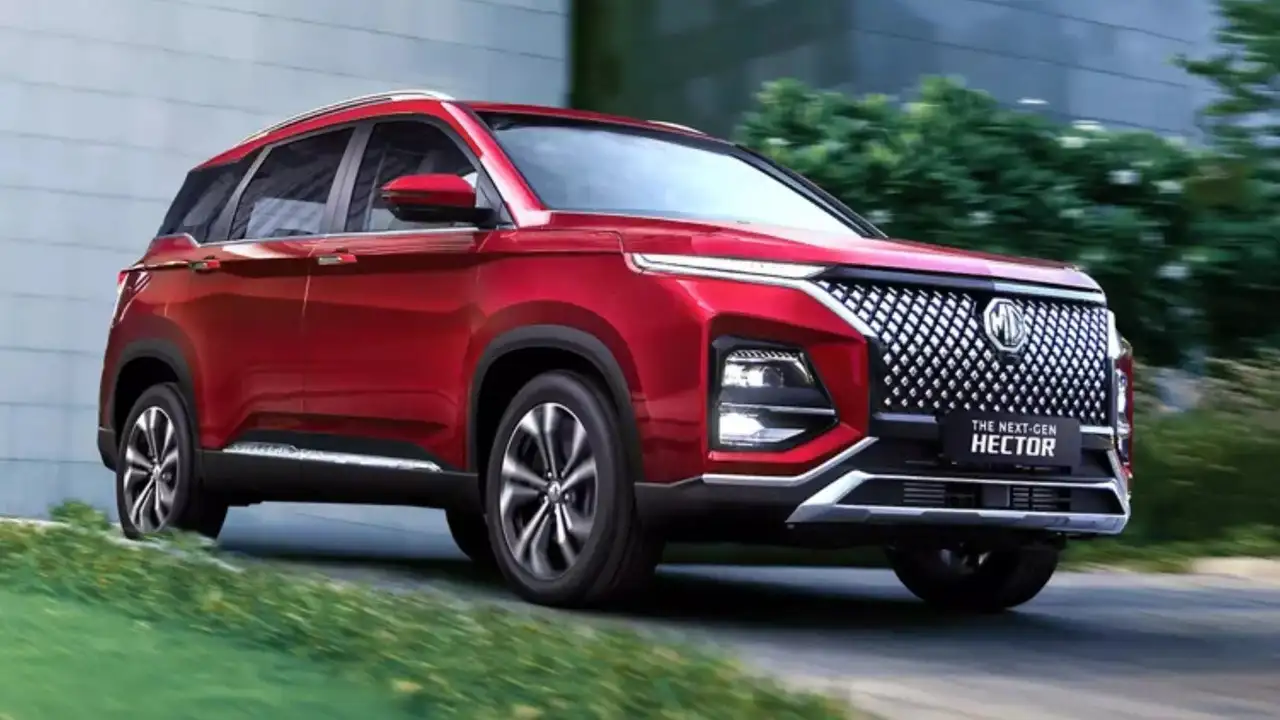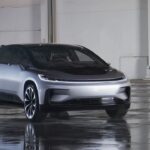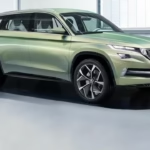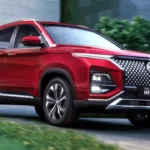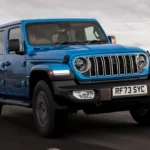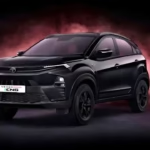MG Motors, a prominent name in the Indian automotive market, has faced an unexpected dip in sales despite having a strong electric vehicle (EV) lineup and a growing reputation for innovation. Known for introducing popular models like the MG Hector and the MG ZS EV, the brand had once appeared poised to capture a larger slice of the Indian automobile market, particularly in the rapidly expanding EV segment. However, the recent sales decline has left industry experts and consumers alike wondering about the reasons behind this surprising downturn.
1. Increased Competition in the EV Segment
One of the major factors contributing to MG Motors’ sales decline is the fierce competition in the electric vehicle market. While MG was one of the early entrants in the Indian EV space with the MG ZS EV, it now faces significant competition from both established automakers and new entrants into the EV market. Companies like Tata Motors, with its Nexon EV, and Hyundai, with the Kona Electric, have gained substantial ground by offering compelling EV options that rival MG’s offerings.
The increased variety in the EV segment has allowed consumers to choose from a broader range of price points, features, and performance characteristics. As a result, MG’s strong initial positioning has been challenged by rivals who have enhanced their electric vehicle technology, further intensified by competitive pricing strategies.
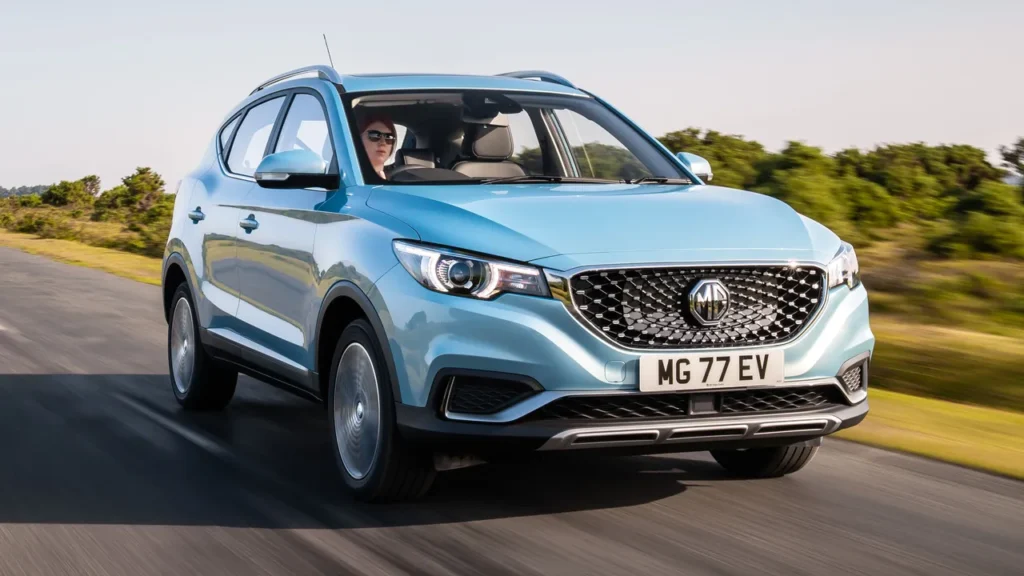
2. Pricing Concerns and Value Proposition
Though MG’s electric vehicles offer a solid range and a premium feel, their pricing has raised concerns for potential buyers. The MG ZS EV, for instance, while equipped with advanced features, is priced higher than some of its key competitors, which might deter cost-sensitive customers. As the Indian EV market grows, price becomes an increasingly important factor for buyers, especially when alternative options like the Tata Nexon EV offer similar features at a more accessible price point.
For MG Motors, positioning itself as a premium EV brand means higher price tags, which may appeal to a particular segment but might not be enough to push the mass-market demand that the brand is aiming for. As more affordable, feature-rich EVs enter the market, MG may need to rethink its pricing strategy to remain competitive in the growing electric vehicle sector.
3. Limited Charging Infrastructure and Consumer Concerns
Despite the growing push for electric vehicles in India, the country’s charging infrastructure remains a significant concern for potential EV buyers. MG Motors, like other automakers, faces the challenge of convincing consumers that owning an EV is practical, particularly in regions with limited access to charging stations.
While MG has made strides in improving charging infrastructure by partnering with various providers, the perceived inconvenience of owning an electric vehicle in India—due to long charging times and a lack of widespread charging stations—can dampen enthusiasm for the brand’s offerings. This lack of infrastructure often becomes a dealbreaker for consumers who are hesitant to transition from conventional gasoline-powered vehicles to EVs. The government’s push towards enhancing the EV ecosystem could alleviate some of these concerns, but the issue still remains a major roadblock for MG Motors.
4. Supply Chain Disruptions and Production Delays
Like many automakers worldwide, MG Motors has been affected by global supply chain disruptions and production delays, particularly in the wake of the COVID-19 pandemic. Shortages of semiconductor chips and other critical components have led to delays in vehicle production, affecting the availability of popular models like the ZS EV.
These production challenges have resulted in longer waiting times for consumers, which has frustrated potential buyers and led them to explore other options available in the market. As a result, MG Motors has not been able to meet demand promptly, potentially leading to lost sales opportunities in a competitive market.
5. Lack of Model Diversification
While MG Motors has built a reputation for offering feature-packed and well-designed vehicles like the Hector and the ZS EV, it has largely limited itself to a few key models. In a market like India, where consumer preferences vary widely, a lack of model diversification can be a hindrance to expanding market share.
Unlike rivals like Tata Motors, which offers a range of electric and internal combustion engine (ICE) vehicles, MG’s reliance on a handful of models restricts its appeal to only certain customer segments. To capture a larger audience, MG may need to expand its portfolio, offering both electric and conventional vehicles that cater to a variety of tastes and preferences.
6. Brand Perception and Customer Loyalty
While MG Motors has made significant strides in branding itself as a modern, tech-forward company, it still faces challenges in building deep customer loyalty. The Indian automotive market is driven by trust in a brand, with customers often preferring well-established names like Maruti Suzuki, Tata Motors, or Hyundai. MG, though backed by the strong global reputation of its parent company, still has to work on establishing the same level of trust with Indian consumers.
Brand loyalty is also tied to factors such as after-sales service, resale value, and the availability of spare parts, areas where MG Motors may need to invest further. Without strong brand loyalty and customer retention, the brand may continue to struggle in an increasingly competitive environment.
7. What Lies Ahead for MG Motors?
In order to reverse the sales decline, MG Motors needs to take a multifaceted approach. The company could focus on refining its product lineup to offer more affordable electric vehicles, addressing the price sensitivity of Indian consumers. Additionally, offering more variety, such as hybrid options or smaller electric vehicles for urban commuters, could help broaden its appeal.
Expanding its service network and improving after-sales support would also enhance customer loyalty and satisfaction. With the government’s push toward increasing the adoption of electric vehicles, MG Motors must ensure that its vehicles are backed by the necessary charging infrastructure and service facilities to alleviate consumer concerns.
Moreover, the brand must build stronger relationships with customers through targeted marketing strategies that showcase the practical benefits of owning an MG EV, including lower running costs and the environmental advantages of electric mobility.
Conclusion
Despite a promising start with a strong EV lineup, MG Motors faces an uphill battle in the highly competitive Indian automotive market. Factors such as fierce competition, high pricing, and challenges around charging infrastructure have contributed to the brand’s sales decline. However, by diversifying its product offerings, addressing consumer concerns about pricing and convenience, and investing in after-sales service, MG Motors can potentially reclaim its position as a leading player in the electric vehicle segment. With the right strategy, the brand can once again tap into the growing demand for EVs and navigate the complex dynamics of India’s evolving automotive landscape.
